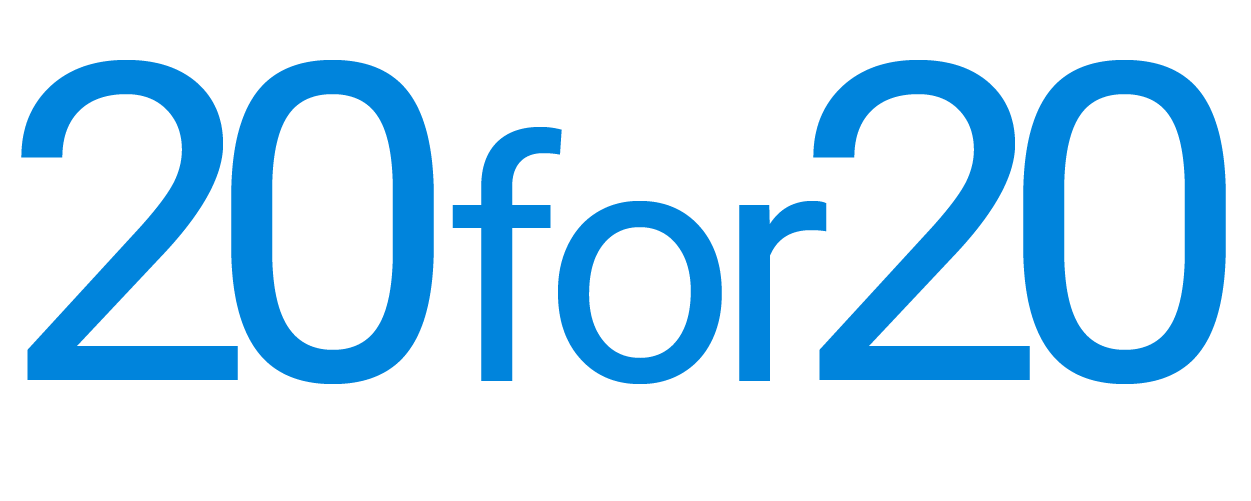
There's been a lot of coverage of centralization on this website over the last few years. As this year's 20for20 white paper explained, maintenance differs profoundly from either admin or leasing centralization. Leasing and admin tasks can be automated away or, in the case of leasing, made self-serve. We can offer residents some self-serve maintenance options, but most of the time we need a team member to deliver the service.
That means that the cost savings are different. The savings in centralizing front office functions mostly accrue from breaking the 1:100 staffing ratio. But that does not seem to be the driver of savings in maintenance. Operators embracing maintenance centralization tend to save by getting better at allocating tasks to the right resources. And for that reason, the problem of maintenance centralization is mostly about data.
What we should learn from single-family
Multifamily maintenance staffing follows a "coverage" model, with a set number of maintenance staff per property, typically one per 100 units. The three people in a typical 300-unit property constitute a lump of labor that can absorb work orders as they come in, thereby removing many of the incentives to make the work more efficient.
Single-family, on the other hand, has never worked that way. With scattered portfolios of individual units, staff have never been attached to individual properties. Every time a work order comes to a single-family property management company, a set of decisions has to be made about who will do the work, when they will do it, and how much it will cost.
None of that is necessary in multifamily, so few companies learn how to deliver maintenance through a flexible, distributed team. But that is the capability that enables maintenance centralization.
Having spoken to many multifamily leaders about their plans for maintenance centralization, it seems few grasp the essential first step: taking control of data. Companies often look for software or widgets that offer functional improvements to parts of the maintenance problem. But to change how we perform maintenance, we must understand the nature of maintenance work better than we do today. And that is all about data.
Three Levers of Maintenance Improvement
Centralization can mean many things to different companies, and the scope of opportunity varies by operator. It's helpful to think about the levers available to improve maintenance delivery in multifamily:
- Team: attracting, retaining, and developing the employees used to staff the maintenance function.
- Task allocation: deciding which resources should perform each type of task.
- Triage and dispatch: the tactical handling of incoming service requests and the allocation and execution of work orders.
Team
It's perenially difficult to be fully staffed in maintenance, and this leads many companies to rethink team organization and composition. Companies making progress in this area tend to talk a lot about specialization. For example, regionalizing maintenance operations for a cluster of five properties might mean that a regional director now manages a pool of 15 resources rather than having three generalists per property.
That opens up much better options for role specialization. It may make sense to have appliance repair or HVAC specialists within the group, creating an opportunity to promote a generalist into a focused role they're especially good at. The same goes for management roles, where a regional head of maintenance can create other supervisory roles that provide promotion opportunities and allow us to develop the team and reduce turnover.
All of this makes perfect sense, provided there is sufficient demand to make the specialist roles worthwhile. To make the right decisions, operators must know how much HVAC or appliance work to do. That requires operators to collect reliable data on the work teams do, which is a bar that relatively few operators clear at the moment.
Task Allocation
Much of the financial benefit of maintenance lies in deciding which tasks should be handled by in-house resources vs. external vendors. A good example came from a recent industry panel, where the former COO of a public REIT described the decision to outsource the porter services to a third party.
The decision was driven by a couple of things. First, the fully loaded cost of W-2 employees was higher than the cost of outsourcing to a third party. Additionally, maintenance leaders were spending significant time recruiting people for this relatively high-turnover role. In that example, the effort and direct costs of the status quo made the decision to outsource a straightforward one. Straightforward, that is, because the company had the data that enabled the decision.
Triage and Dispatch
For the reasons outlined above, single-family is, by necessity, better at triage and dispatch than multifamily. But it is increasingly important for multifamily operators attempting to manage maintenance at a regional rather than a property level.
Above, we described changing team composition and making strategic decisions about which tasks should be handled by internal vs. external resources. At a tactical level, triage and despatch match skills to work orders and schedule activities based on availability, priority and (where external providers are involved) cost.
The more analytically inclined will recognize this as an optimization problem, which means technology will ultimately solve it more effectively than people. Technologies that offer substantial improvement in this area already exist. Like all analytical tools, they need a complete record of job types, team skills, external vendors, etc. Step one is once again all about organizing data.
How Companies Organize Maintenance Data
At another session at another vendor conference, I interviewed an asset manager who had achieved considerable success in reducing her firm's turn times. They found that the unreliable data had made it impossible to understand how much time turn activities were taking. Progress on this problem required tight collaboration between maintenance teams and asset management to gather the data consistently so everyone had a consistent set of facts.
It was fascinating because the maintenance techs, typically not involved in data projects, came to understand the intent of the initiative and became highly supportive of the new procedures for tracking their activities during the turn. This initial work ultimately enabled the company to bring its turn times down from industry laggards to industry leaders in their markets.
That successful example demonstrates how companies can reconfigure and improve maintenance delivery. Centralizing (or regionalizing) maintenance is a much bigger undertaking with many of the same characteristics.
We can roll out technology that makes tasks easier to do, but maintenance centralization is about fundamentally changing the nature of work and how you organize it. And the fuel for that fire is data.
Photo by Life Of Pix


